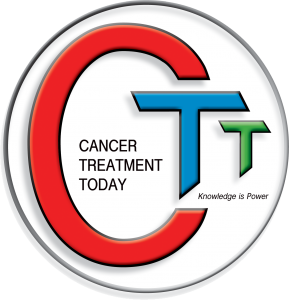Second allogeneic stem cell transplant for HLH – pro
HLH was a uniformly fatal disease until the use of allogeneic stem cell transplantation has began to produce significant cure rates. There is not much literature on 2nd transplantation, but in Messina’s study, twelve of 14 children given a second HSCT after graft failure/relapse are alive and disease-free. Complete lack on engraftment does not preclude success with a different transplant donor, and is uniformlya ccepted across most transplant indications. Therefore, medical literature supports the second transplant in this case.The role of reduced-intensity allogeneic hematopoietic stem cell transplantation (HSCT) from a variety of donor sources in improving survival for children with familial hemophagocytic lymphohistiocytosis (HLH) is well-documented. The heterogeneity of adult-onset HLH has complicated evaluation of initial therapy and of HSCT as definitive treatment, however it is now generally accepted as the only curative approach.
Schram A.M.Berliner N. How I treat hemophagocytic lymphohistiocytosis in the adult patient.
Blood. 2015; 125: 2908-2914
Seo JJ. Hematopoietic cell transplantation for hemophagocytic lymphohistiocytosis: recent advances and controversies. Blood Res. 2015;50(3):131‐139.
Chiara Messina et al, Outcomes of Children with Hemophagocytic Lymphohistiocytosis Given Allogeneic Hematopoietic Stem Cell Transplantation in Italy, Biol BLood Marrow Transplant VOLUME 24, ISSUE 6, P1223-1231, JUNE 01, 2018
